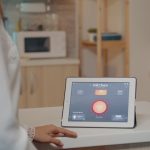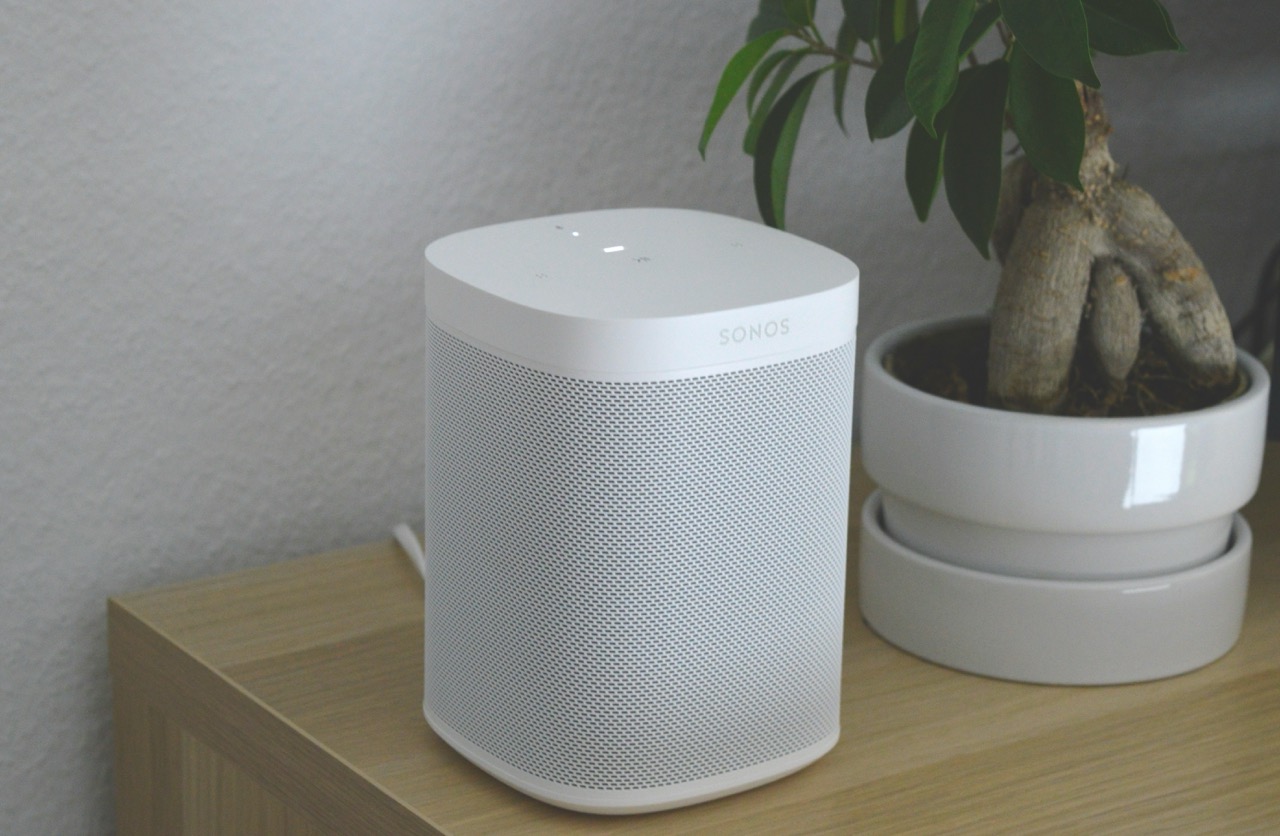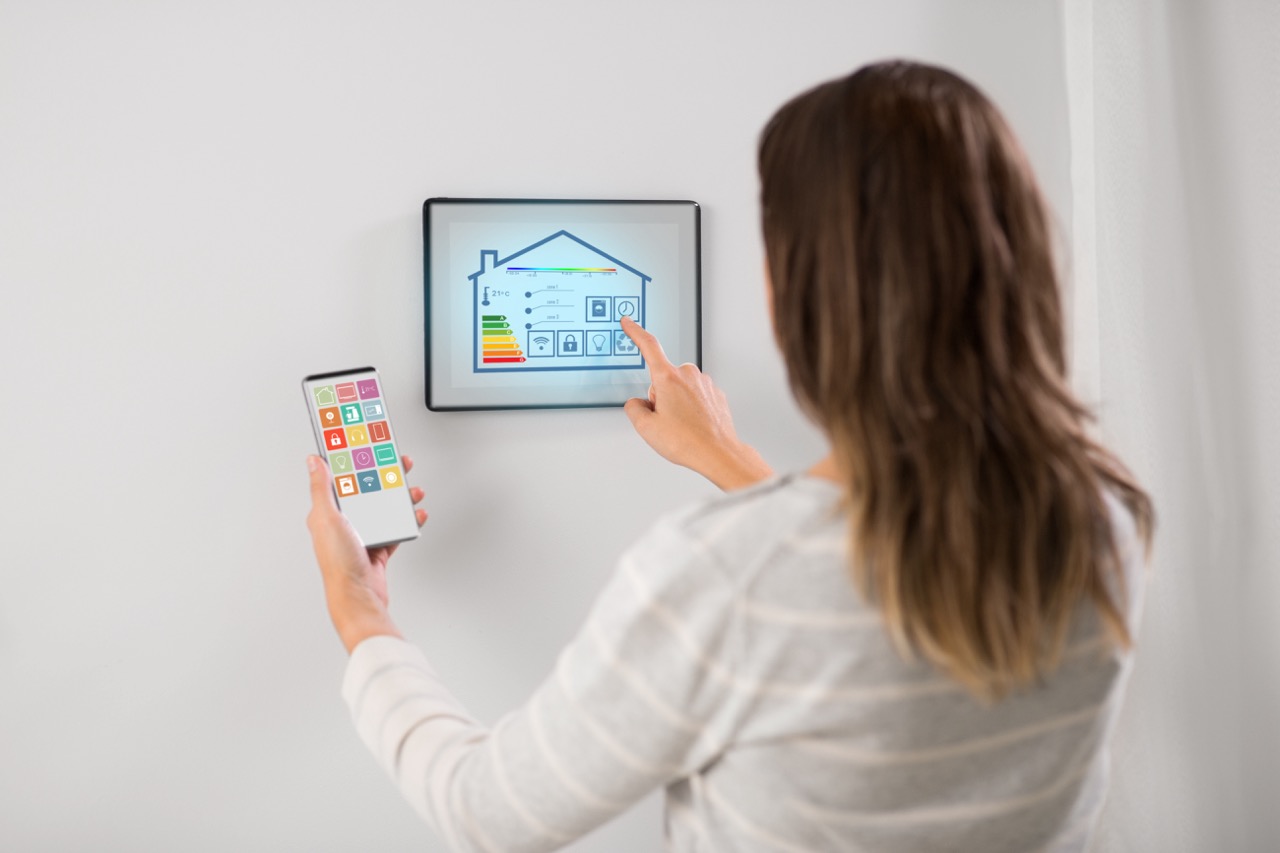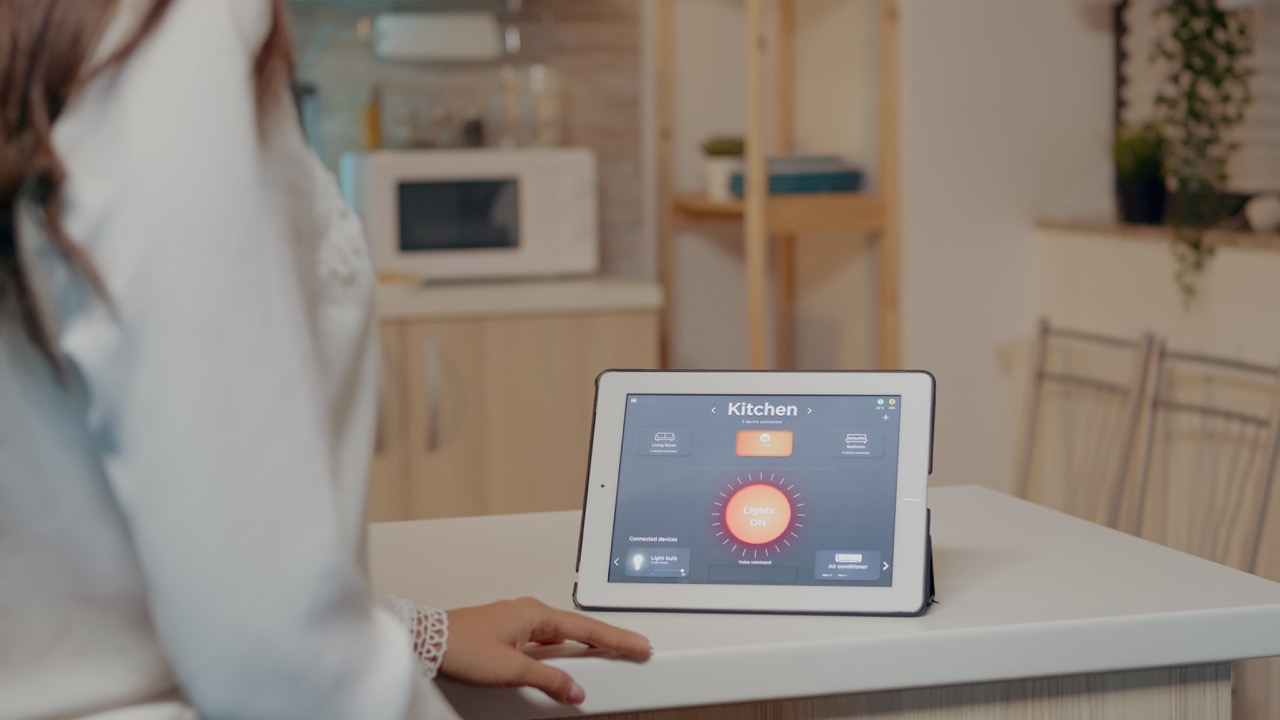Tesla’s Smart Auto-Pilot system represents a groundbreaking leap in automotive technology, combining artificial intelligence, machine learning, and advanced sensor systems to create a semi-autonomous driving experience. With a vision to revolutionize transportation, Tesla has positioned itself at the forefront of the electric vehicle industry, integrating features that not only enhance safety but also redefine convenience on the road. This article explores the inception of Tesla’s Auto-Pilot technology, the key components that drive its functionality, the challenges faced during its development, and the future innovations that lie ahead.
The Vision Behind Tesla’s Cutting-Edge Auto-Pilot Technology
Tesla’s Auto-Pilot technology was born from a vision of creating a safer and more efficient driving experience. Elon Musk, CEO of Tesla, has long envisaged a world where autonomous vehicles could reduce traffic accidents, alleviate congestion, and ultimately lead to a sustainable future. By utilizing advanced algorithms and data analytics, Tesla aims to transition from manual driving to a world where cars can operate independently, allowing drivers to focus on other activities while on the road.
The underlying ethos of Tesla’s Auto-Pilot is to leverage technology not merely for convenience, but to enhance safety. With traditional driving methods contributing to a significant percentage of traffic accidents, Tesla has committed to developing systems that proactively prevent collisions and improve overall road safety. This includes features like automatic emergency braking, lane-keeping assistance, and adaptive cruise control, which collectively demonstrate Tesla’s dedication to driver and passenger safety.
Furthermore, Tesla’s vision extends beyond personal vehicle use; it encompasses broader societal implications. By fostering a network of autonomous vehicles, Tesla aims to create a shared transportation system that minimizes the environmental footprint and optimizes mobility. Through continuous software updates and improvements, Tesla’s Auto-Pilot is designed to evolve, adapting to the changing landscape of urban mobility and ultimately reshaping how society interacts with transportation.
Key Components That Drive Tesla’s Smart Auto-Pilot System
At the core of Tesla’s Smart Auto-Pilot system are several key components that work in unison to enable sophisticated driving capabilities. One of the most critical elements is the array of sensors equipped on Tesla vehicles, which includes cameras, radar, and ultrasonic sensors. These components provide a comprehensive view of the vehicle’s surroundings, allowing the system to detect obstacles, recognize traffic signals, and understand lane markings, enabling real-time decision-making.
Machine learning plays a pivotal role in processing the vast amount of data collected by these sensors. Tesla’s AI algorithms analyze inputs from millions of miles driven by Tesla vehicles, continuously learning from real-world driving experiences. This extensive dataset allows the Auto-Pilot system to improve its performance and accuracy over time, adapting to new driving scenarios and enhancing its ability to predict the actions of other road users.
Additionally, Tesla’s software architecture is designed to facilitate seamless updates, allowing the company to deploy improvements and new features remotely. This capability ensures that all vehicles in the fleet can benefit from enhancements without requiring a visit to a service center. Such a dynamic approach not only bolsters the functionality of the Auto-Pilot system but also reinforces Tesla’s commitment to delivering an ever-evolving driving experience that exceeds user expectations.
Challenges Faced During the Development of Auto-Pilot Features
Despite its ambitious vision and advanced technology, the development of Tesla’s Auto-Pilot system has not been without challenges. One of the most pressing issues has been ensuring the safety and reliability of the technology. Accidents involving vehicles using Auto-Pilot have raised concerns about the system’s limitations and the need for drivers to remain attentive, highlighting the complexities of balancing automation with human oversight.
Another significant challenge lies in regulatory hurdles. As Tesla pushes the boundaries of autonomous driving technology, it faces scrutiny from regulatory bodies that are still determining how to establish guidelines for self-driving vehicles. The legal landscape varies significantly from one region to another, complicating Tesla’s ability to implement its technology uniformly. Navigating these regulatory frameworks poses an ongoing challenge as the company strives to meet compliance while innovating.
Moreover, public perception and acceptance of autonomous driving technology remain critical hurdles for Tesla. Misinformation and fear surrounding the capabilities of Auto-Pilot can lead to skepticism among potential users. Building trust in the technology requires transparent communication about its limitations, ongoing user education, and an unwavering commitment to safety. Tesla continues to face the dual challenge of advancing its technology while fostering a positive public perception of self-driving capabilities.
Future Innovations in Tesla’s Auto-Pilot and Autonomous Driving
Looking ahead, Tesla envisions a future where its Auto-Pilot system evolves into fully autonomous driving capabilities. The company is actively investing in research and development to enhance its AI and machine learning algorithms, aiming to achieve Level 5 autonomy, where vehicles can operate without any human intervention under all conditions. This ambitious goal represents the pinnacle of self-driving technology and could transform the automotive landscape.
In addition to enhanced autonomy, Tesla is exploring innovations in vehicle-to-vehicle (V2V) communication. This technology would enable Tesla vehicles to share information about road conditions, traffic patterns, and potential hazards, creating a more integrated driving ecosystem. By leveraging real-time data exchange among vehicles, Tesla aims to improve safety and efficiency, allowing their cars to make informed decisions based on collective knowledge from the fleet.
Furthermore, Tesla is likely to continue refining its user interface and experience. Simplifying the interaction between the driver and the Auto-Pilot system, along with incorporating advanced features such as personalized driving preferences and enhanced navigation capabilities, will be essential. By prioritizing user experience, Tesla hopes to increase adoption rates and solidify its position as a leader in the autonomous driving arena.
As Tesla continues to innovate and refine its Smart Auto-Pilot system, the journey toward fully autonomous driving remains an exciting frontier. The combination of cutting-edge technology, rigorous safety measures, and a clear vision for the future positions Tesla as a pioneer in the automotive industry. While challenges persist, the ongoing advancements in Auto-Pilot technology herald a transformative era in transportation, promising not only enhanced safety and convenience but also a sustainable future for mobility. The road ahead is both intriguing and filled with potential, and Tesla is poised to drive the changes that will define the next generation of transportation.








